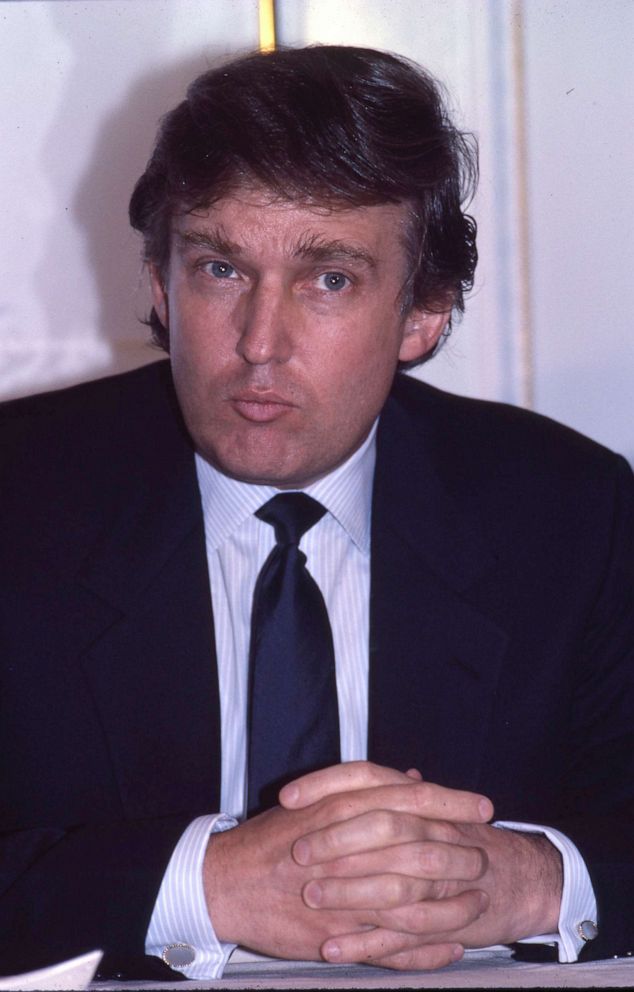How does a miscarriage of justice happen in one of the most high-profile cases in New York City's history? The Central Park Jogger case, which shocked the nation in 1989, is a stark reminder of how systemic failures can lead to devastating consequences. A federal judge approved a $41 million civil rights settlement for five black and Hispanic men who were wrongfully convicted in the brutal beating and rape of a young woman jogging through Central Park. This settlement underscores the gravity of their wrongful imprisonment and the irreparable harm done to their lives.
The harrowing details of the case began unfolding on April 19, 1989, when a 28-year-old investment banker was found brutally assaulted near the Loch in Central Park. The victim, who came to be known as the Central Park Jogger, suffered severe injuries, including a skull fracture and significant blood loss. She remained in a coma for 12 days. In her book titled I am the Central Park Jogger, she recounts her ordeal, detailing the moments leading up to the attack and her slow, painful recovery. So much has been written about the crime, but until recently, the public knew little about the identity and experiences of the woman at the center of it all.
| Name | Central Park Five |
|---|---|
| Bio Data & Personal Information | Antron McCray, Kevin Richardson, Yusef Salaam, Raymond Santana, and Korey Wise were teenagers aged between 14 and 16 at the time of their arrest. |
| Career & Professional Information | None of the five had prior criminal records. They were students and residents of Harlem and Washington Heights neighborhoods in New York City. |
In 2002, Matias Reyes, a serial rapist and murderer serving a life sentence, confessed to committing the attack alone. DNA evidence confirmed his confession, exonerating the five men who had spent between six and thirteen years in prison. The Netflix series When They See Us, directed by Ava DuVernay, chronicles this tragedy, bringing renewed attention to the injustices faced by these individuals. The show highlights the flawed investigative techniques, coerced confessions, and media frenzy that contributed to their wrongful convictions.
Reyes admitted to acting alone during a spree of crimes he committed in the area around the same time. Forensic analysis matched his DNA to the crime scene, proving conclusively that he was the sole perpetrator. Despite overwhelming evidence pointing to Reyes, the original investigation focused exclusively on the Central Park Five, disregarding leads that could have identified the true assailant. The failure to pursue other avenues of inquiry speaks volumes about the systemic biases embedded within the criminal justice system.
President Donald Trump played a controversial role in the saga, taking out full-page newspaper ads calling for the reinstatement of the death penalty for the accused teenagers. His inflammatory rhetoric further inflamed public sentiment against the boys, influencing perceptions of guilt before any trial took place. The TIME article examining Trump's involvement in the case sheds light on how influential voices can shape narratives surrounding high-profile legal matters. Such actions often overshadow the need for impartial investigations and fair trials.
Netflix’s When They See Us offers viewers an unflinching look into the events surrounding the Central Park Jogger case. Each episode delves deeply into the personal stories of Antron McCray, Kevin Richardson, Yusef Salaam, Raymond Santana, and Korey Wise—the so-called Central Park Five. Through powerful storytelling, the series exposes the racial prejudice and institutional neglect that led to their wrongful convictions. It also emphasizes the importance of accountability within law enforcement agencies and judicial systems.
Following their exoneration, the Central Park Five filed lawsuits against the City of New York, alleging violations of their constitutional rights. After years of litigation, they finally received compensation in 2014. However, no amount of money can fully compensate them for the lost decades or repair the damage inflicted upon their families and communities. Their story serves as both a cautionary tale and a call to action for reforming practices within America's justice system.
Media coverage of the Central Park Jogger case initially portrayed the incident as part of a broader wave of youth violence sweeping through urban areas. Sensational headlines perpetuated stereotypes about minority groups, fueling fear and misunderstanding among the general populace. Over time, however, increased awareness about wrongful convictions and advances in forensic science have prompted reevaluation of similar cases across the country.
Today, organizations dedicated to addressing issues related to wrongful convictions advocate for policy changes aimed at preventing future miscarriages of justice. These include implementing stricter guidelines for interrogations, ensuring access to adequate legal representation, and promoting transparency throughout the judicial process. By learning from past mistakes, society can work towards creating a more equitable and just system for all individuals regardless of race or socioeconomic status.
While the Central Park Jogger case represents one of the most egregious examples of wrongful conviction in recent history, it is far from unique. Thousands of innocent people remain incarcerated due to errors ranging from faulty eyewitness identifications to prosecutorial misconduct. As awareness grows regarding these injustices, there is hope that meaningful reforms will follow, providing greater protections for those accused of crimes and reducing instances of wrongful imprisonment.
Ultimately, the legacy of the Central Park Jogger case extends beyond the individual experiences of its victims. It challenges us to confront uncomfortable truths about bias and inequality within our institutions while inspiring efforts to create lasting change. Through continued dialogue and advocacy, we honor the memories of those whose lives were forever altered by this tragic event and strive toward a brighter, more just future for generations to come.



